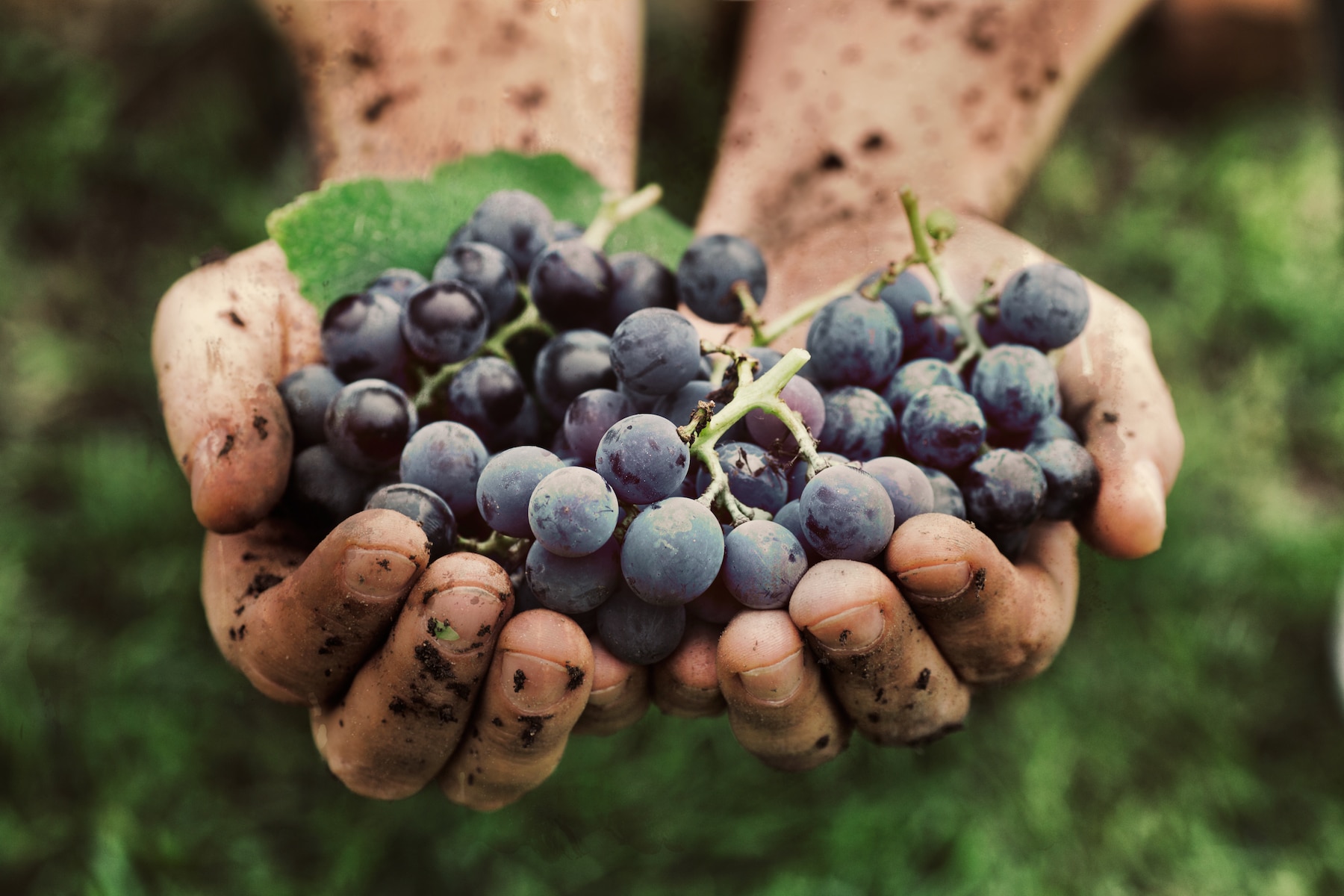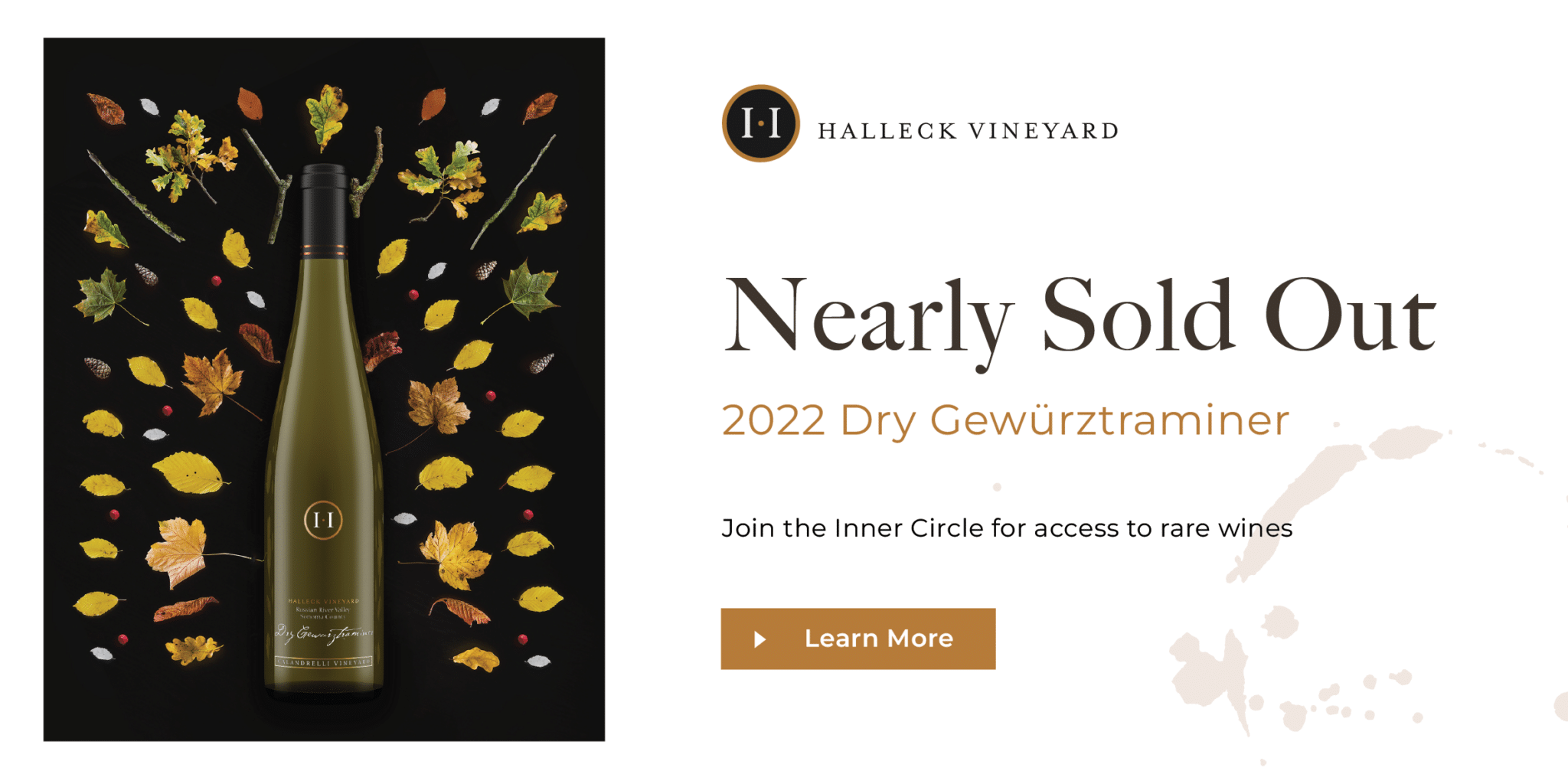Local Favorite Wineries In Sonoma - Wine Tours And Tastings In Sebastopol
Local Favorite Wineries In Sonoma - Wine Tours And Tastings In Sebastopol
Blog Article
Scenic Vineyard Tours In Sebastopol - Sonoma Wine Tasting Adventures
Wine tasting is an art that requires practice and an understanding of assorted elements involved in the course of. One crucial element of wine tasting is the development and interpretation of tasting notes, which serve as a guide for each novices and seasoned connoisseurs. A Guide To Understanding Winery Wine Tasting Notes can improve your wine-tasting experience, making it extra meaningful and enjoyable.
Tasting notes are concise descriptions that capture the essence of a wine’s flavors, aromas, and overall character. Often composed by professional tasters, winery tasting notes supply insights into the nuances of assorted wines. They may help wine enthusiasts understand what to expect from a particular bottle. Nevertheless, tasting notes can differ extensively in style and element based mostly on the author's experience and palate.
Best Wineries For Sunset Views In Sebastopol - Enjoying Wine Tastings And Vineyards Near Sebastopol
When you first method a glass of wine, your senses will start to interact immediately. The sight, smell, and style of the wine will converge to give you an entire experience. Tasting notes generally begin with the visual evaluation, the place the color of the wine is taken under consideration. Colour plays a major position in indicating the wine’s age, grape variety, and even its flavor profile.
After assessing the visual side, the next step involves swirling the wine within the glass. This action aerates the wine, permitting its aromas to awaken. Smelling the wine supplies critical perception into its complexity. The preliminary sniff can ship a flood of scents which will include fruity, floral, natural, or earthy notes. This is commonly the most subjective a part of tasting, as individual experiences can dramatically differ.
In winery tasting notes, descriptors are sometimes categorized into major, secondary, and tertiary aromas. Main aromas usually stem from the grape selection, secondary aromas derive from fermentation processes, and tertiary aromas arise from growing older. Understanding these categories may help you respect the depth of a wine, they usually also give you the vocabulary to specific your experience better.
Wineries Featuring Seasonal Wine Events In Sonoma - Sebastopol Winery Experience
Following the olfactory encounter, your focus will shift to the style of the wine. This is where the primary characteristics—sweetness, acidity, tannins, alcohol—come into play. Tasting notes typically detail these flavors in multiple dimensions, including the initial assault in your palate to the lingering finish on your tongue. A high-quality wine will present a harmonious steadiness between these elements.
While tasting, it is important to ponder the body of the wine, which may be described as light, medium, or full. The physique contributes considerably to your total impression, helping you contemplate how the wine pairs with food or whether it stands alone as a sipping wine. Balancing the physique with the opposite traits will provide you with a fuller understanding of what the wine has to offer.
The finish of the wine, also referred to as the aftertaste, is one other important aspect often included in tasting notes. A long, pleasant finish normally signifies the next quality wine, whereas a short or cloying aftertaste could recommend in any other case. Evaluating the finish can provide additional insight into the wine's complexity and distinction.
Understanding the context of winery tasting notes is also priceless. Tasting notes can present contextual information about the winery's location, climate, and grape-growing practices. This context adds another layer of appreciation for the wine, allowing enthusiasts to attach the sensory experience with its origins, thus enhancing the enjoyment additional.
Wineries With Beautiful Architecture - Best Wineries In Sonoma For A Wine Experience
Many wineries present tasting notes on their web sites or labels, usually written in an approachable but informative style. Nevertheless, not all winery tasting notes are created equal. Some may be overly technical, while others may prioritize advertising flair over insightful evaluation. Studying to navigate read here these notes can arm you with the data to make knowledgeable decisions when selecting wines.
Collaborating in tastings at wineries can also deepen your understanding of wine tasting notes. Interacting with educated employees may give you a extra hands-on approach to exploring totally different wines and the language used to explain them. Wineries With Scenic Views. You Will have the opportunity to ask questions, engage in discussions, and potentially refine your palate in actual time.
Experimentation is important for mastering wine tasting notes. As you sample different wines, strive making your personal notes. Focus on describing the wine’s shade, aroma, taste, and end. Over time, you’ll develop a private vocabulary that resonates together with your sensory experiences. Every note you create will assist refine your palate, allowing you to understand wines at a deeper degree.
Elegant Wine Tasting Locations In Sonoma - Discovering Sonoma Area Wineries
In conclusion, a Guide To Understanding Winery Wine Tasting Notes presents a complete framework for diving into the world of wines. It equips you with the methods and language directory necessary to articulate your experiences. Whether you are a casual drinker or a dedicated aficionado, understanding and using tasting notes can profoundly impact your wine journey. This data not only enhances your enjoyment but also connects you deeply with the wealthy narratives each bottle tells. By embracing this journey, you turn into part of the beautiful mosaic of wine culture, where each sip unveils a brand new story waiting to be discovered.
- Wine tasting notes sometimes embody a wide range of sensory descriptions, together with aroma, flavor, acidity, physique, and end, allowing tasters to totally respect the wine's characteristics.
- To enhance your understanding, familiarize your self with widespread wine terminology such as "tannins," "oakiness," or "terroir," which may help decipher the notes extra successfully.
- A systematic approach to tasting entails first visually assessing the wine's shade and clarity, followed by swirling to launch aromas, then inhaling and describing what you experience.
- Taking notes during tasting might help establish patterns over time, improving your palate and making it simpler to recall preferences for future choices.
- Do Not overlook the influence of food pairings; tasting notes can differ significantly when a wine is loved with complementary flavors, altering notion and delight.
- Pay consideration to the wine’s vintage, as climatic conditions in a given 12 months can significantly have an result on the ultimate product, including another layer to the tasting notes.
- Consider the winemaker's style and philosophy, which may shape the wine's profile and influence how its notes evolve with each sip.
- Training with totally different grape varieties can broaden your vocabulary; every kind brings unique traits that may improve your ability to articulate tasting notes successfully.
- Engaging with wine professionals or attending tasting events can present useful insights, offering a richer context for understanding personal tasting notes.
- Keep In Mind that tasting is subjective; individual preferences and experiences will shape one’s interpretation of the same wine, enriching the overall enjoyment of wine exploration.
What are wine tasting notes?
Wine tasting notes are descriptive comments made by tasters in regards to the look, aroma, style, and end of a wine. They provide an outline of the wine's traits and can help customers understand the style and quality of the wine.
Wineries With Educational Tours In Sonoma - Luxury Wine Tasting In Sonoma County
Why are tasting notes necessary when selecting wine?
Tasting notes can guide you in selecting a wine that fits your palate. They present insights into flavors and aromas, serving to you to match wines with food or occasions. Understanding these notes enhances your total wine experience.
How ought to I read wine tasting notes?
(Wineries Offering Elegant Wine Tastings)
Wineries With Unique Gamay Wines - Sonoma Wine Tasting Recommendations
When reading wine tasting notes, pay attention to the construction: look for descriptions of color, aroma, flavor, and finish. This will allow you to grasp the wine's profile and determine if it aligns along with your preferences.
What terms commonly appear in wine tasting notes?
Frequent terms embrace "tannin" (the structure), "acidity" (the crispness), "body" (the weight), and varied flavor descriptors like "fruity," "earthy," or "spicy." Familiarizing yourself with these phrases can deepen your understanding of wine.
Wineries With A Focus On Syrah - Sonoma Wine Region Vineyards

Am I Able To create my own tasting notes?
Yes! Writing your individual tasting notes can improve your wine tasting experience. Focus on your observations of style, aroma, and different sensory traits. This personal practice may help you refine your palate over time.
How do I establish the aromas in wine tasting notes?
Rustic Family-Owned Wineries In Sebastopol - Sebastopol Vineyard Experiences
To determine aromas, practice smelling a wide range of scents and associating them with wines. Swirl the wine in your glass to release its aromas, then take a second to breathe in deeply earlier than identifying any distinguished scents.

What is the distinction between professional and personal wine tasting notes?
Professional tasting notes could use more technical language and particular terminology, while personal tasting notes are subjective and mirror individual experiences. Each are priceless for understanding and enjoying wine, but personal notes might resonate extra with your unique tastes.
How can tasting notes improve my wine appreciation?
Family Friendly Wineries With Outdoor Spaces - Sonoma Wine Country Wineries To Explore
Tasting notes can improve your appreciation by serving to you to grasp and articulate the complexities of wine. They encourage mindful tasting and supply a framework for comparing completely different wines, resulting in a richer enjoyment of the beverage.
Are there any apps or tools to help with wine tasting notes?
Sure, there are several apps designed to help customers document and organize their tasting notes. These instruments typically offer options like flavor wheel guides and wine database searches, making it easier to trace your journey by way of totally different wines. Report this page